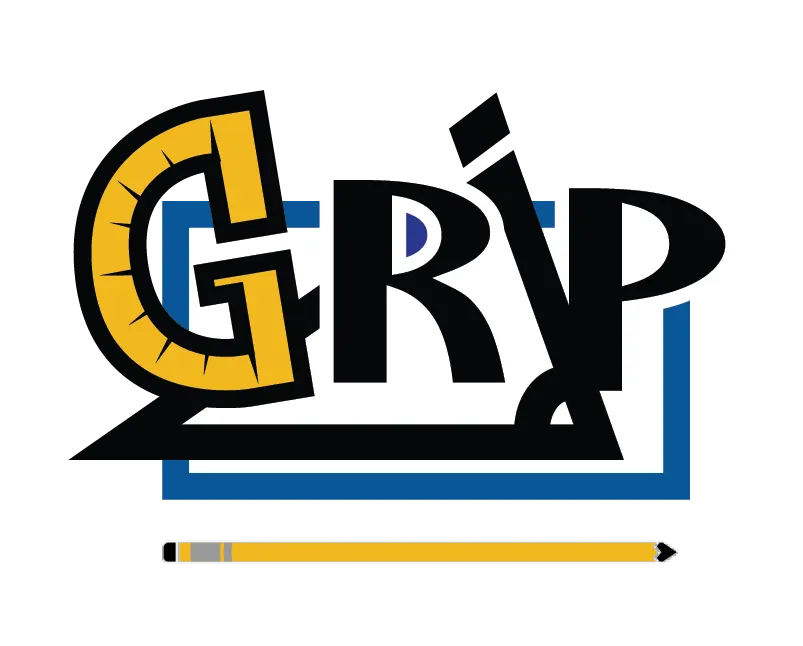Submitted by Tuyin An, Georgia Southern University; Sharon Vestal, South Dakota State University; Erin Krupa, North Carolina State University; Orly Buchbinder, University of New Hampshire
Technology is integral to modern education, supporting exploration, computation, assessment, communication, and motivation. National curriculum and teacher preparation standards, such as the Common Core State Standards for Mathematics (NGA & CCSSO, 2010) and Standards for Preparing Teachers of Mathematics (AMTE, 2017), emphasize the strategic use of technology in teaching mathematics across grade levels. At the college level, the Committee on the Undergraduate Programs in Mathematics recommends increasing the sophistication of technological tools used by mathematics major students (Zorn, 2015). The Mathematical Association of America Instructional Practices Guide views technology as a constant theme across instructional practices, promoting student engagement and learning (Abell et al., 2018).
As GeT instructors, our collaborative interest in technology emerged from our exploration of technologies such as Dynamic Geometry Environments (DGEs) and Digital Proof Tools (DPTs) in our teaching of geometry. We believe providing GeT students with initial exposure to technology tools can help them develop a positive attitude and appreciation for these tools and thus inspire them to incorporate such tools in their future classrooms. Our initial work on technology was the development of the narrative of SLO 6 – Technologies, calling for students to effectively use technology in GeT courses to explore, conjecture, and strengthen their understanding of geometric concepts and relationships. Working with DGE tools like GeoGebra, we observed how students naturally discovered geometric relationships through hands-on digital manipulation, while DPTs, like FullProof, could support both proof construction and proof evaluation with instant feedback (Baccaglini-Frank, 2011; Buchbinder et al., 2023; Bülbül & Güler, 2022). Combining research-informed practices and our own teaching experiences, we contributed a chapter on the topic of the importance and application of technology in GeT courses to the upcoming book entitled GeT Courses: Resources and Objectives for the Geometry Courses for Teachers. In the chapter, we further elaborated on SLO 6 and shared how DGE and DPT-incorporated activities could cultivate students’ geometric habits of minds (Driscoll, 2007) in various geometry contexts, such as proof writing, constructions, transformations, Euclidian and Non-Euclidian geometries.
Looking forward, we see tremendous potential in emerging technologies (e.g., generative AI and augmented reality). GeT instructors should stay updated on the latest technology trends and developments, be aware of potential challenges and solutions, and reflect on the use of technology in their teaching, in order to create supportive and engaging learning environments to foster students’ mathematical thinking.
References
Abell, M., Braddy, L., Ensley, D., Ludwig, L., & Soto-Johnson, H. (Eds.). (2017). MAA instructional practices guide. Mathematical Association of America. https://maa.org/resource/instructional-practices-guide/
Association of Mathematics Teacher Educators [AMTE]. (2017). Standards for preparing teachers of mathematics. https://amte.net/standards
Baccaglini-Frank, A. (2011). Abduction in generating conjectures in dynamic geometry through maintaining dragging. In Proceedings the 7th Conference on European Research in Mathematics Education (pp. 110-119).
Buchbinder, O., Vestal, S., & An, T. (2023). Lessons learned using FullProof, a digital proof platform, in a geometry for teachers course. Proceedings of the 25th meeting of the MAA special interest group on research in undergraduate mathematics education. Omaha: RUME.
Bülbül, B. Ö., & Güler, M. (2022). Examining the effect of dynamic geometry software on supporting geometric habits of mind: A qualitative inquiry. E-Learning and Digital Media, 20427530221107776.
Driscoll, M. J., DiMatteo, R. W., Nikula, J., & Egan, M. (2007). Fostering geometric thinking: A guide for teachers, grades 5-10. Heinemann.
National Governors Association Center for Best Practices [NGA] & Council of Chief State School Officers [CCSSO]. (2010). Common core state standards for mathematics. http://www.corestandards.org/Math/Zorn, P. (Ed.). (2015). 2015 CUPM curriculum guide to majors in the mathematical sciences. Mathematical Association of America.
